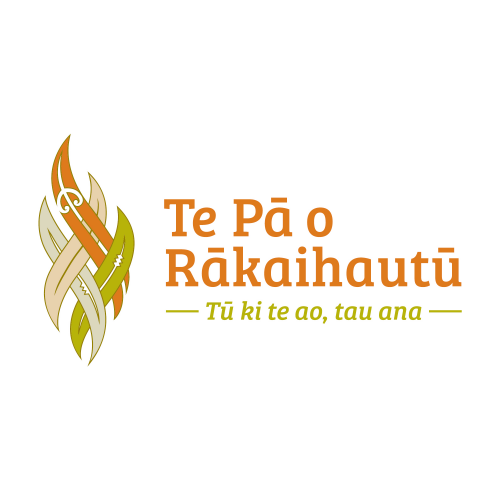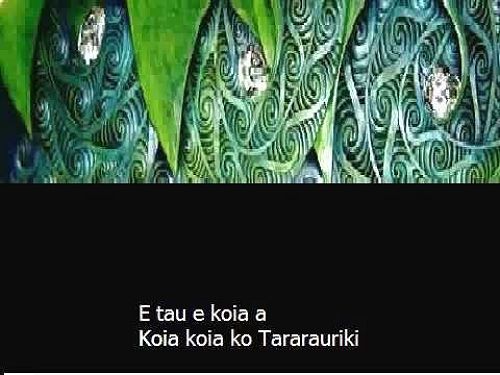
Let's learn an item - Manu Tiria
The arrival of the shining cuckoo in the South Island was a signal to start digging the kumara beds.
Manu Tiria is a mōteatea that is often used to support a speaker and talks of how Maui followed his father to the underworld and also the best time to plant kūmara.
Manu Tiria is an ancient planting chant written by James Cowan in 1905.
Of our summer visitors, the migrant shining cuckoo is particularly well known to the southern Maoris. It arrives in about October, and leaves our shores again for its winter quarters in northern Australia and New Guinea about the end of February. The Southland Natives call it "Te Manu-a-Maui" (Maui's Bird), because its notes when heard in the spring are a signal to begin the planting - Maui being the tutelary deity of the gardens and cultivations.
Its song is construed as a command to the kumara-planters —
Ko-o-ia, koia, koia;
Tiria, tiria, tiria;
Whatiwhatia, whatiwhatia,
bidding the people dig away, break up their mother earth and prepare the soil for the reception of the seed kumara.
There is a very ancient planting-song called "Te Tewha-o-Maui" used on the occasion of kumara-planting in the Rotorua District, particularly on the island of Mokoia. It is rather curious to find that a portion of exactly the same song is heard in the extreme south, where the Murihiku Maoris (in Southland) put it into the mouth of the shining cuckoo.
Legend says that it was from Maui that the Maori ancestors first heard the kumara-planting incantations. The demi-god transformed himself into a bird and sang this tewha as he sat perched on the handle of a digging ko. So this song is therefore of great antiquity.
The rangi was later put together by Matiu Payne and recorded by Matiu Payne, Jodi Cameron and Jasmine Ngawai in the late 1990's.

